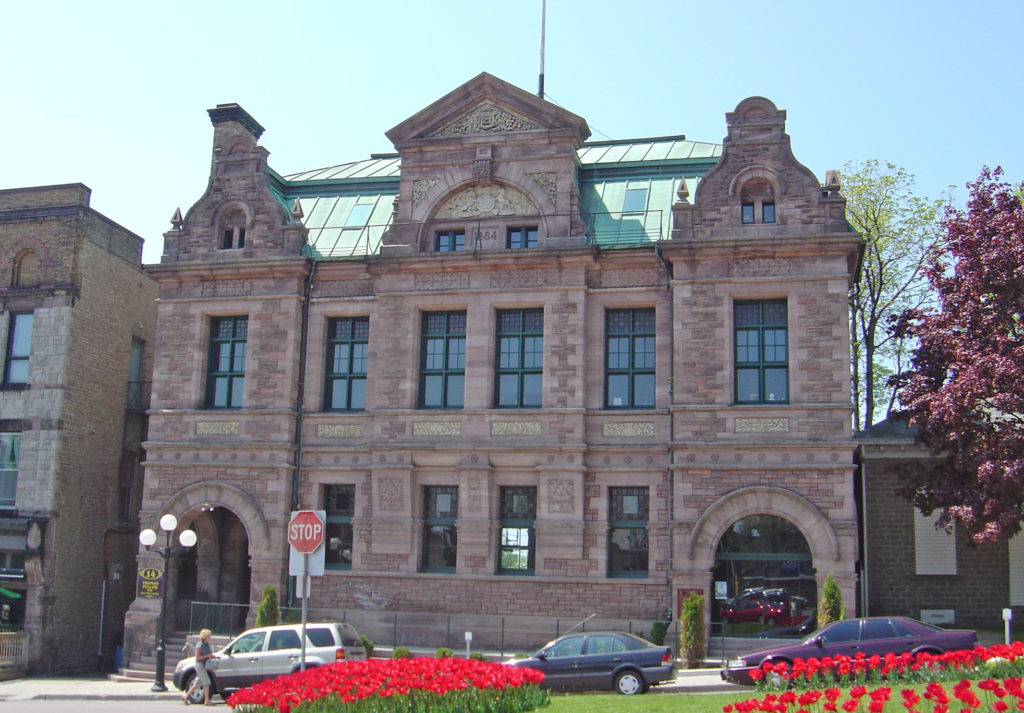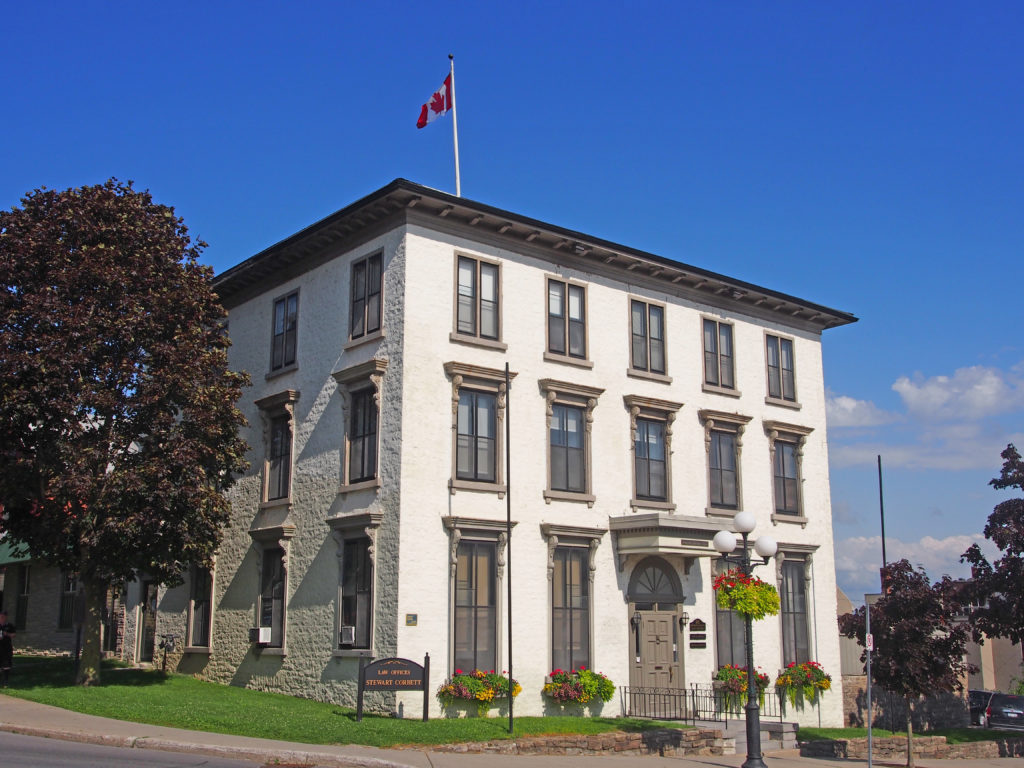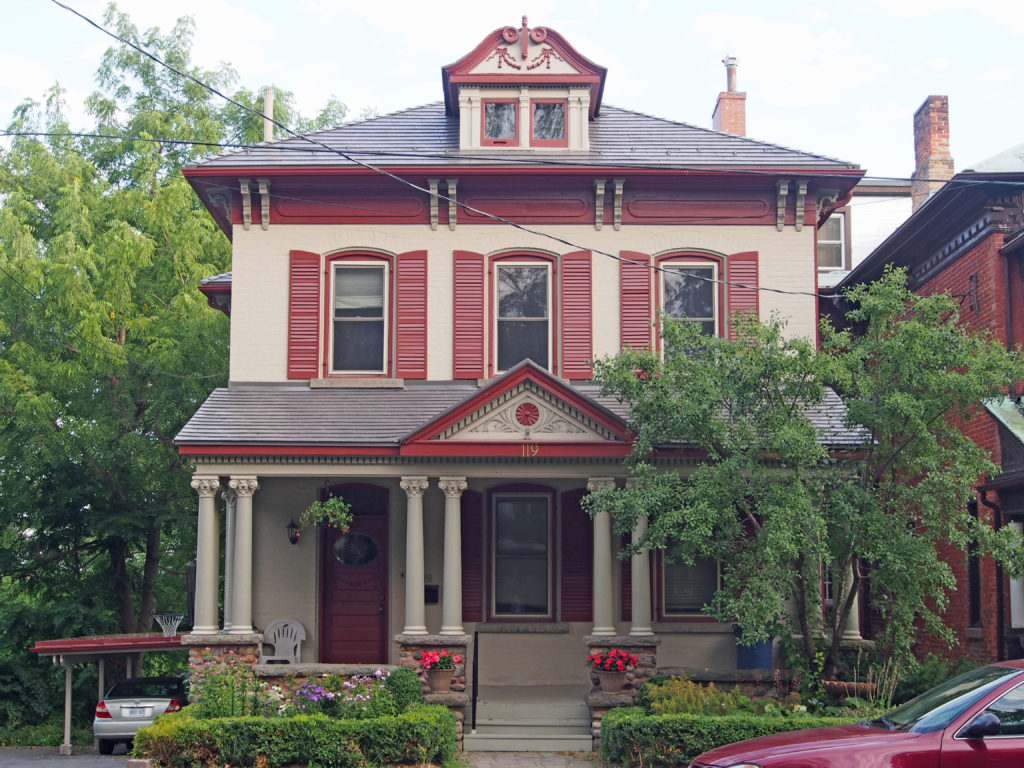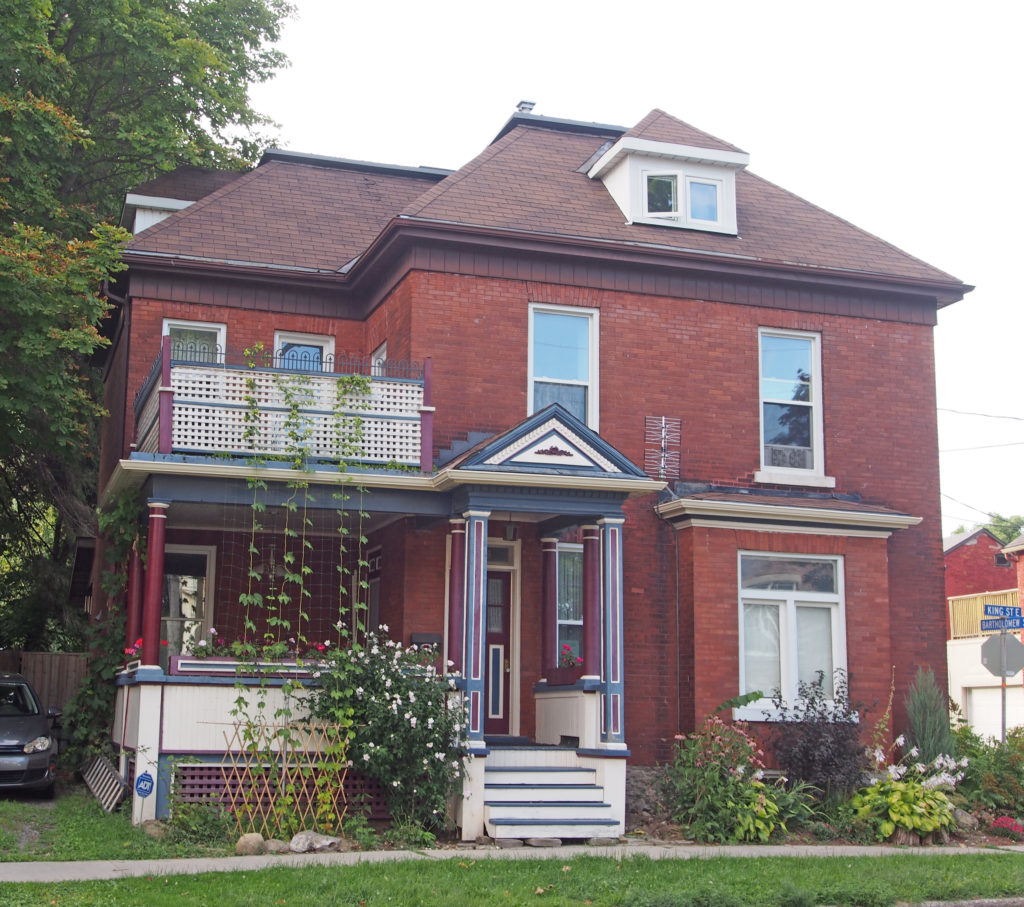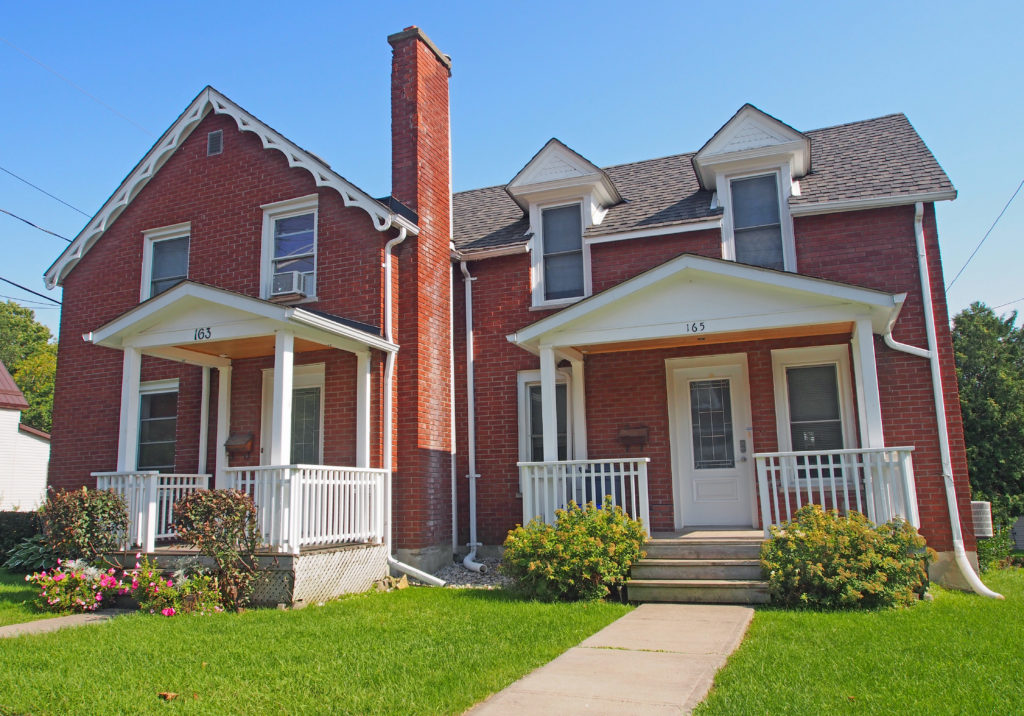Brockville, Ontario – My Top 12 Picks
Brockville, formerly Elizabethtown, is a city in Eastern Ontario in the Thousand Islands region located on the north shore of the Saint Lawrence River opposite Morristown, New York. It is about halfway between Cornwall to the east and Kingston to the west. It is one of Ontario’s oldest European-Canadian communities and is named after the British General Sir Isaac Brock.
This area of Ontario was first settled by English speaking people in 1785, when thousands of American refugees arrived from the American colonies after the American Revolutionary War. They were later called United Empire Loyalists because of their allegiance to King George III. The struggle between Britain and the 13 American colonies occurred in the years 1776 to 1783, and divided loyalties among the people. During the 6-year war, which ended with the capitulation of the British in 1782, many colonists who remained loyal to the crown were subject to harsh reprisals and unfair dispossession of their property by their countrymen. Many Loyalists chose to flee north to the British colony of Quebec. Great Britain opened the western region of Canada (known as Upper Canada and now Ontario), purchasing land from First Nations to allocate to the Loyalists in compensation for their losses, and helping them with some supplies as they founded new settlements. In 1785 the first Loyalist to take up land in Brockville was William Buell Senior, an ensign disbanded from the King’s Rangers from the State of New York.
In the 19th century the town developed as a local center of industry, including shipbuilding, saddleries, tanneries, tinsmiths, a foundry, a brewery, and several hotels.
In 1855, Brockville was chosen as a divisional point of the new Grand Trunk Railway between Montreal and Toronto. At the same time, the north–south line of the Brockville and Ottawa Railway was built to join the timber trade of the Ottawa Valley with the St. Lawrence River ship route. A well-engineered tunnel for this railway was dug and blasted underneath the middle of Brockville. The Brockville Tunnel was the first railway tunnel in Canada.
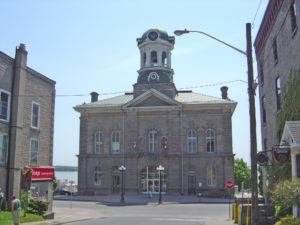
1 King Street East – Victoria Hall and East Ward Market Building – 1863 – designed to show off the success and taste of Brockville s inhabitants – built as a combination concert hall, office space and indoor market house – stone building, intricate detailing, and beautiful clock tower

112 King Street East – Alexander Allan House – c. 1880 -Victorian Villa in the Stick Style – irregular in shape, three bays, clapboard sided, four stories, tower, mansard roof, iron cresting, cornice brackets, window hoods, trefoil designs on house and veranda supports
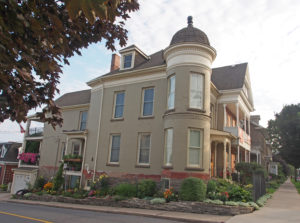
135 King Street East – Brace Terrace (131-135) – c. 1896 – two storey circular tower; dormer, dentil molding; wood turned porch supports
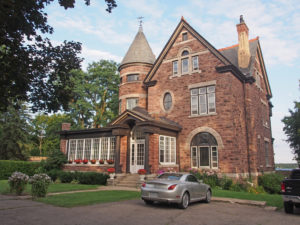
165 King Street East – Romanesque style, tower, Palladian window in gable with cornice return, large decorative chimney, round window arch, circular window, open pediment, enclosed veranda
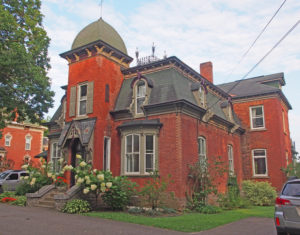
181 King Street East – Gill House – 1878 additions of roof and wings – Second Empire style, mansard roof, dormers, window hoods with keystones, iron cresting around rooftop balcony, central tower, bay windows
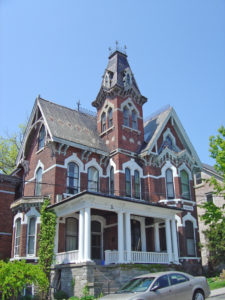
12 Victoria Avenue – Queen Anne style – tower, iron cresting; stone keystones and banding; verge board trim, finials; bay windows; veranda with Doric columns

10 Victoria Avenue – Queen Anne style – turret with stone lintels, corbelling and banding; 2-storey bay windows
